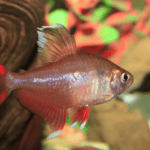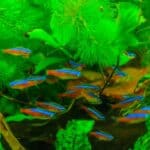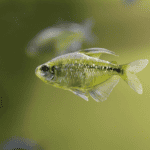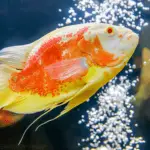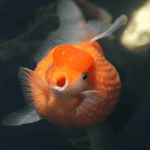Tetras are among the most popular freshwater fish in the world of aquariums. With their vibrant colors, social behavior, and easy care requirements, they’re often a perfect choice for novice and experienced aquarists alike. Here we’ll explore some of the more popular types of tetras that you can add to your aquarium.
Understanding the Tetra Family
Tetras belong to the family Characidae, predominantly originating from Africa, Central and South America. A key characteristic of this family is the presence of a small adipose fin, located between the dorsal fin and tail.
Tetras vary significantly in size, color, and behavior, making them an incredibly diverse group. Below, we’ll dive into some popular tetra varieties, providing key insights into their needs and distinct traits.
Tetra Comparison Table
Here’s a quick reference table that compares the key characteristics of the different tetra types discussed in this article.
| Tetra Type | Size | Lifespan | Temperature |
|---|---|---|---|
| Cardinal Tetra | 2 inches | Up to 5 years | 73-81°F |
| Neon Tetra | 1.5 inches | Up to 10 years | 70-81°F |
| Black Skirt Tetra | 2.5 inches | Up to 5 years | 70-85°F |
| Ember Tetra | 1 inch | Up to 2 years | 68-82°F |
| Bloodfin Tetra | 2 inches | Up to 7 years | 64-82°F |
| Rummy-nose Tetra | 2.5 inches | Up to 5 years | 75-84°F |
| Diamond Tetra | 2.5 inches | Up to 5 years | 72-82°F |
| Bleeding Heart Tetra | 2.7 inches | Up to 5 years | 72-82°F |
| Lemon Tetra | 1.5 inches | Up to 5 years | 73-81°F |
| Serpae Tetra | 1.75 inches | Up to 5 years | 72-79°F |
| Congo Tetra | 3.2 inches | Up to 5 years | 75-81°F |
| Glowlight Tetra | 1.6 inches | Up to 5 years | 74-82°F |
This table offers a quick snapshot of each species’ size, lifespan, and ideal water temperature, aiding in your decision of which tetra type might be the best fit for your aquarium. Remember, the unique behavioral traits and compatibility with other fish are equally important when selecting a tetra species.
Cardinal Tetra: The Blue-Red Jewel
The Cardinal Tetra is renowned for its bright, bold coloration. Sporting a stunning combination of iridescent blue and red, this species is sure to capture attention.
| Size | Lifespan | Temperature |
|---|---|---|
| 2 inches | Up to 5 years | 73-81°F |
Cardinal Tetras prefer to swim in groups and require a well-planted tank with plenty of hiding spaces. A peaceful species, they’re ideal for community tanks.
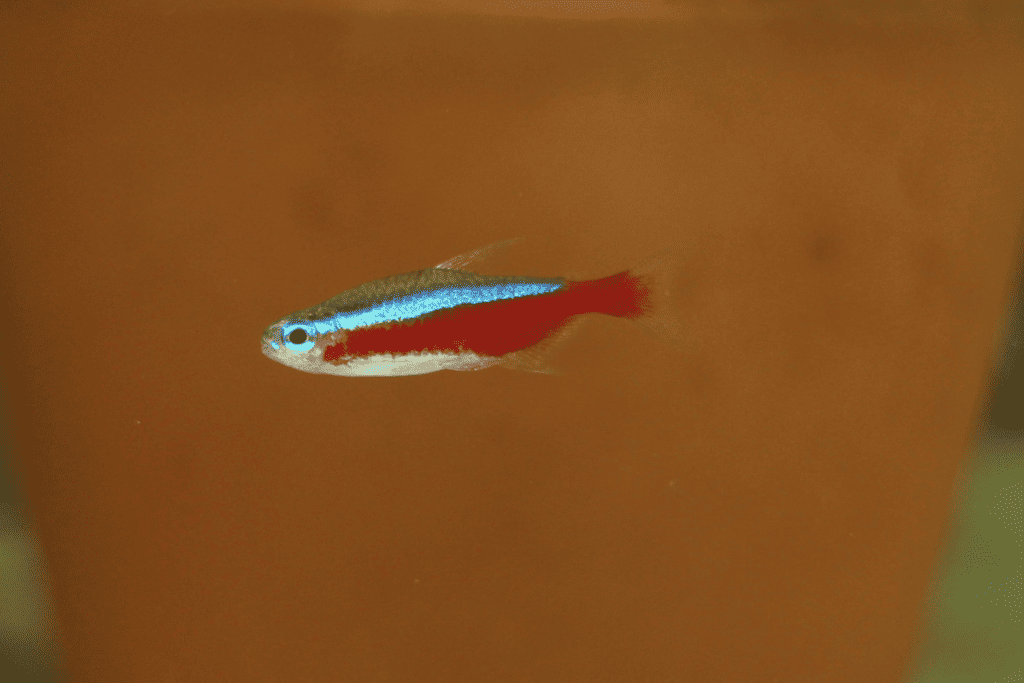
Neon Tetra: The Aquarium Icon
Neon Tetras are iconic in the hobby, recognized by their glowing line of blue and red against a silver body.
| Size | Lifespan | Temperature |
|---|---|---|
| 1.5 inches | Up to 10 years | 70-81°F |
These fish are hardy and relatively easy to care for, making them a favorite for beginners. They thrive in schools and enjoy densely planted environments.
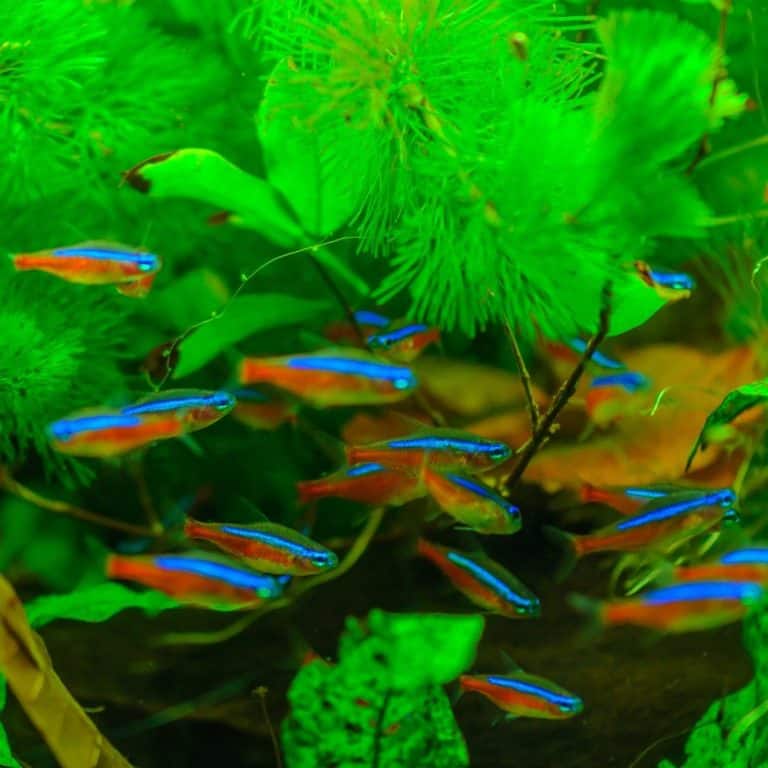
Black Skirt Tetra: The Dark Charmer
Black Skirt Tetras, with their dusky gray-black bodies and flowing finnage, are distinctive and elegant.
| Size | Lifespan | Temperature |
|---|---|---|
| 2.5 inches | Up to 5 years | 70-85°F |
This species is hardy and adaptable, though they may nip fins of long-finned tank mates. Consider pairing them with fast-moving or short-finned companions.
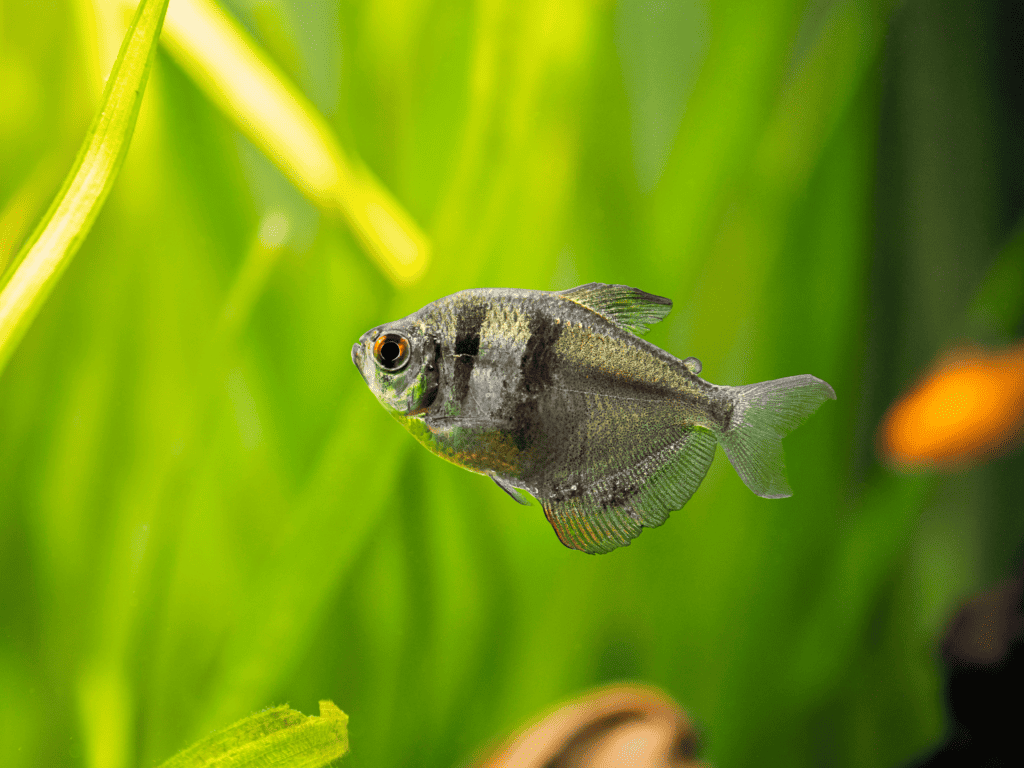
Ember Tetra: The Tiny Firecracker
Ember Tetras are known for their small size and vibrant, fiery coloration. Their captivating orange-red hue creates a captivating contrast in planted tanks.
| Size | Lifespan | Temperature |
|---|---|---|
| 1 inch | Up to 2 years | 68-82°F |
Though small, Ember Tetras have big personalities. They’re peaceful, social fish and thrive when kept in large schools.
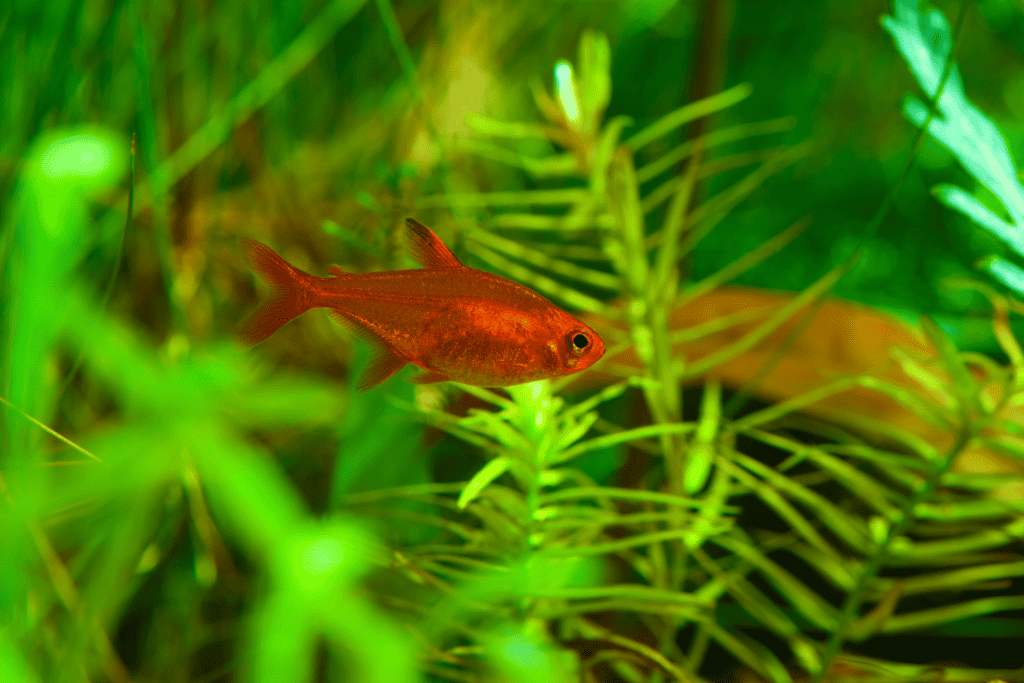
Bloodfin Tetra: The Ruby-Tipped Swimmer
The Bloodfin Tetra is another attractive and popular tetra species, named for the striking, ruby-red coloration of its fins, which contrast beautifully against its silver body.
| Size | Lifespan | Temperature |
|---|---|---|
| 2 inches | Up to 7 years | 64-82°F |
This hardy species is known for its active nature and preference for swimming in the upper levels of the aquarium. They are social fish that prefer to be kept in groups and make an excellent addition to community tanks, provided they are housed with similarly-sized or larger fish to avoid fin-nipping. Bloodfin Tetras are also adaptable to a variety of water conditions, making them a good choice for a range of aquarium setups.
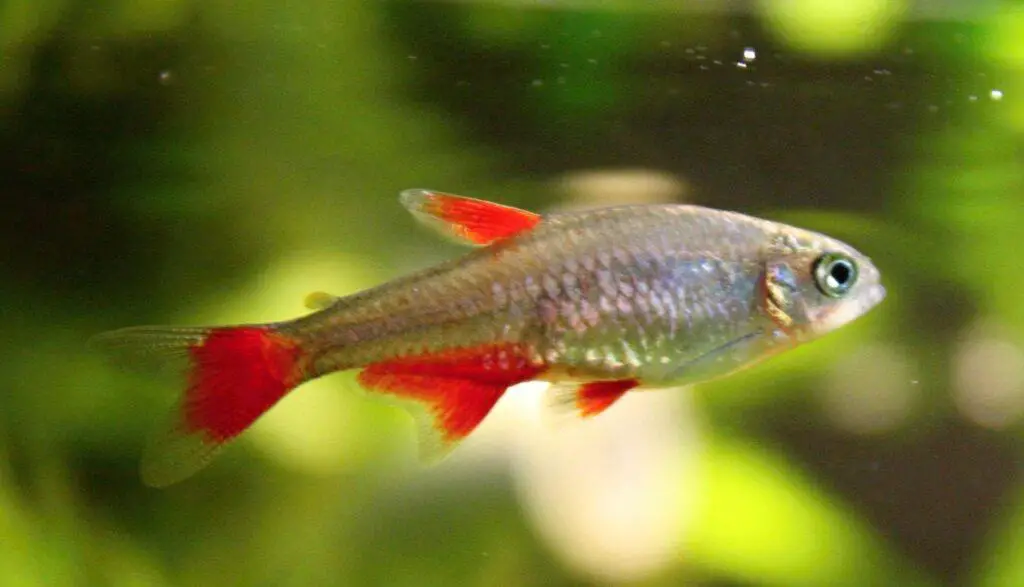
Rummy-nose Tetra: The Red-Nosed Swimmer
Rummy-nose Tetras sport a unique look, with their red noses and striped tails. They’re known for their tight swimming formations, adding a dynamic element to any aquarium.
| Size | Lifespan | Temperature |
|---|---|---|
| 2.5 inches | Up to 5 years | 75-84°F |
Rummy-nose Tetras enjoy heavily planted tanks with ample swimming space. They’re peaceful and best kept in schools of six or more.
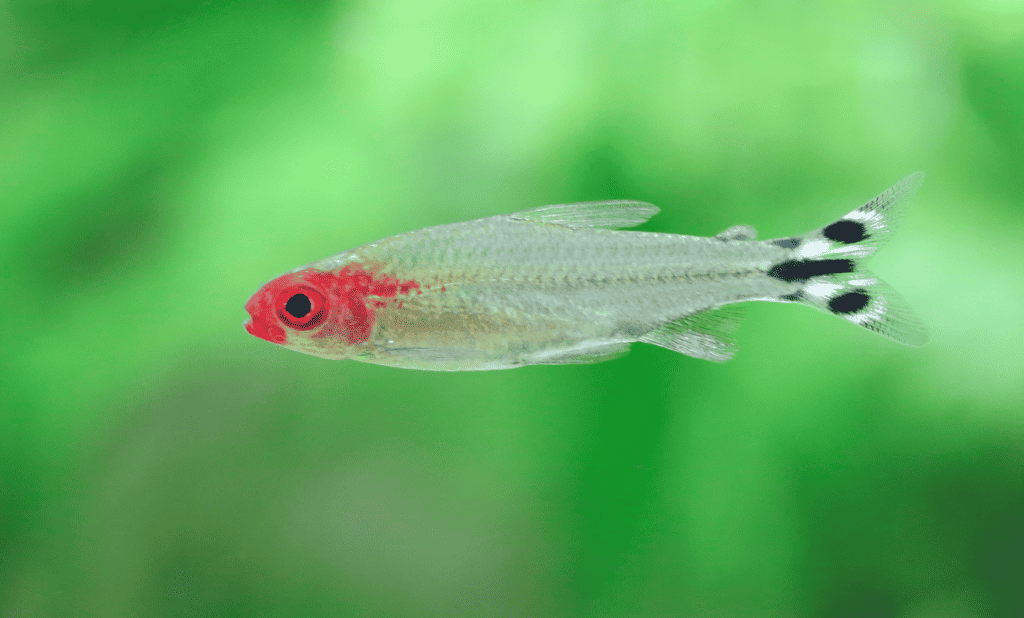
Diamond Tetra: The Shimmering Gem
Diamond Tetras get their name from their shimmering scales that sparkle like diamonds. Their overall coloration is silvery with a hint of green and pink, and their fins exhibit a beautiful violet tint.
| Size | Lifespan | Temperature |
|---|---|---|
| 2.5 inches | Up to 5 years | 72-82°F |
They are peaceful, easy to care for, and prefer to swim in schools. Diamond Tetras require a tank with plenty of plants and room to swim.
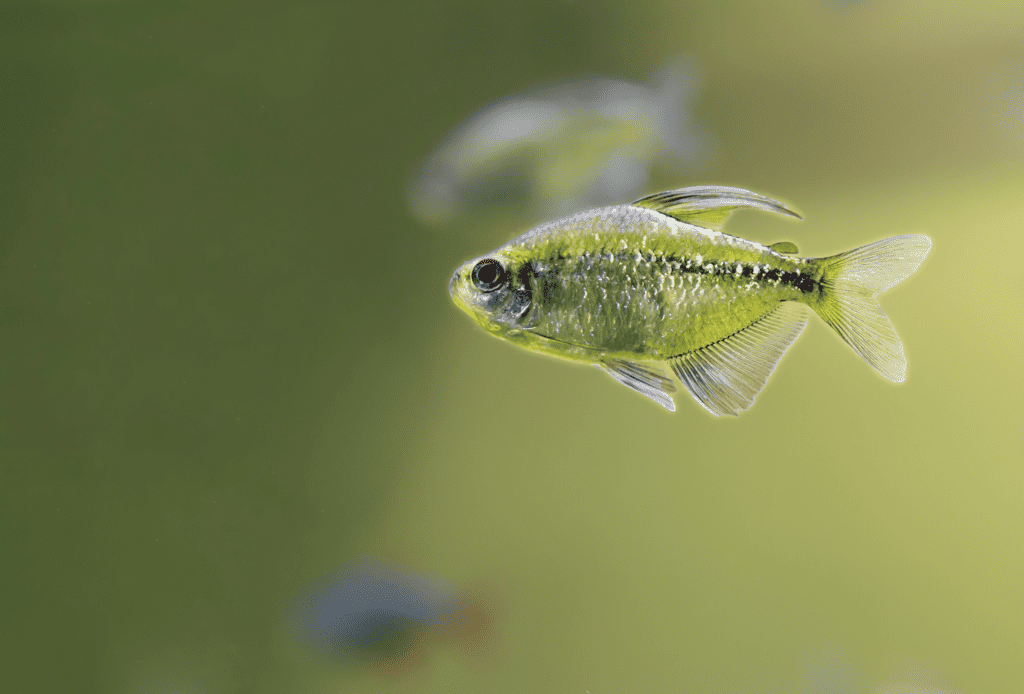
Bleeding Heart Tetra: The Heart-Bearing Species
The Bleeding Heart Tetra features a unique mark near its heart that resembles a drop of blood, lending to its dramatic name.
| Size | Lifespan | Temperature |
|---|---|---|
| 2.7 inches | Up to 5 years | 72-82°F |
This species is moderately easy to care for and prefers slightly acidic water. They are generally peaceful, but may nip at the fins of slower, long-finned tank mates.
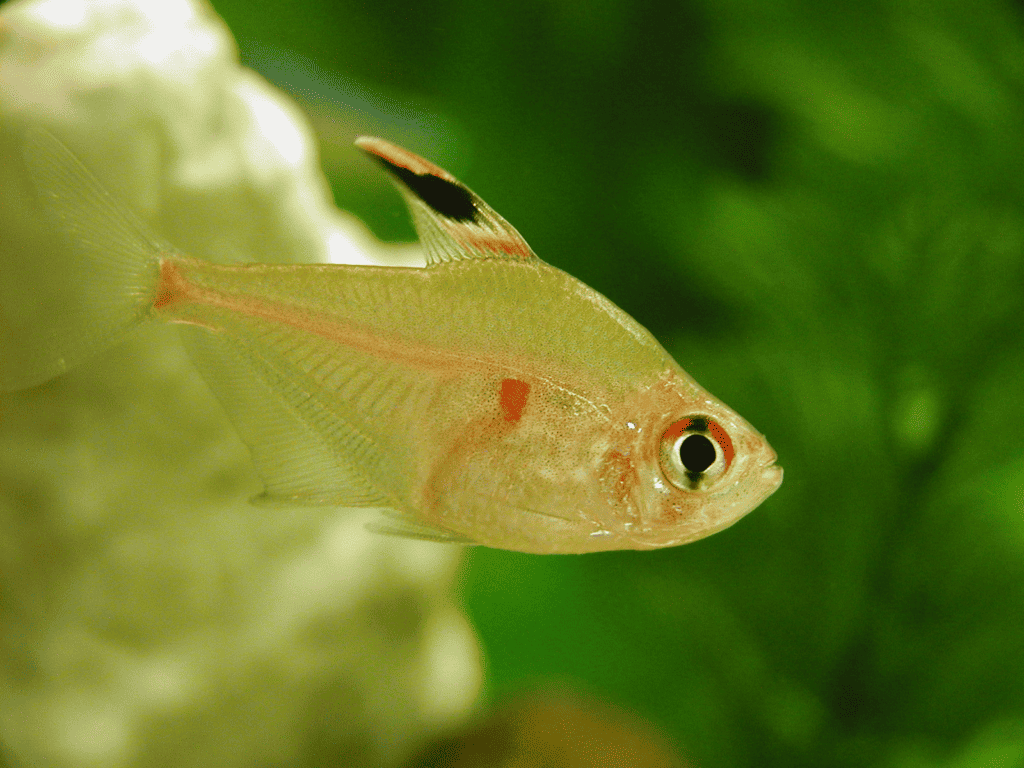
Lemon Tetra: The Zesty Swimmer
The Lemon Tetra is admired for its translucent yellow body that gives it a fresh, zesty appearance.
| Size | Lifespan | Temperature |
|---|---|---|
| 1.5 inches | Up to 5 years | 73-81°F |
These small fish are peaceful and get along well with other species. They prefer a well-planted aquarium and appreciate being kept in large schools.
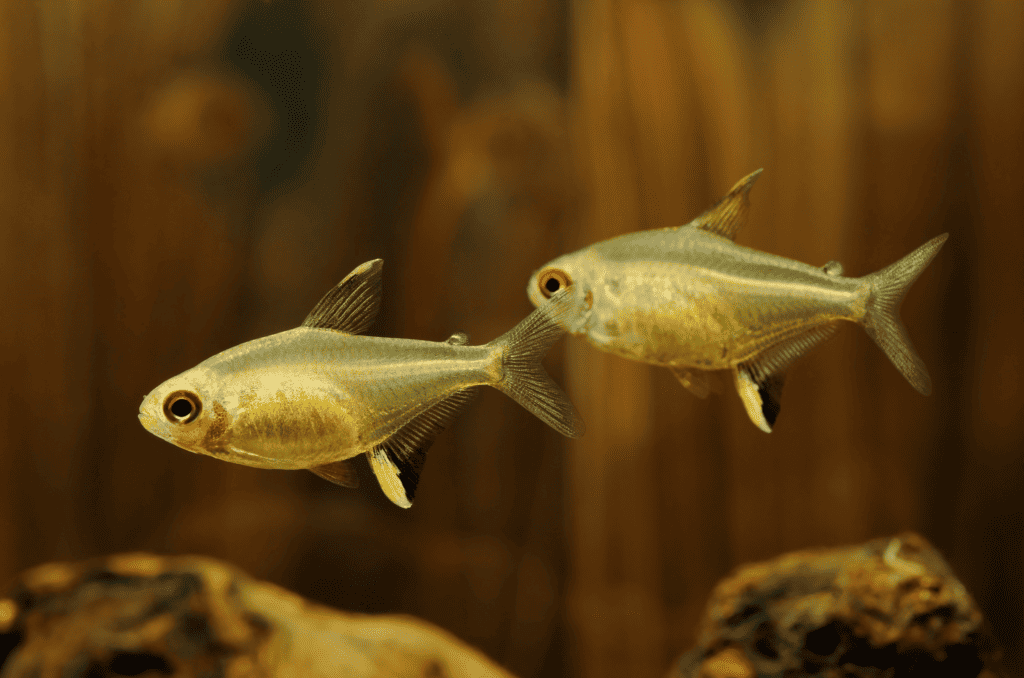
Serpae Tetra: The Fiery Beauty
The Serpae Tetra is noted for its bright red color, which makes it stand out in any aquarium. Its dorsal fin, typically black, offers a beautiful contrast.
| Size | Lifespan | Temperature |
|---|---|---|
| 1.75 inches | Up to 5 years | 72-79°F |
Serpae Tetras are generally peaceful but can show fin-nipping tendencies. It’s best to keep them in a school of six or more to minimize this behavior.
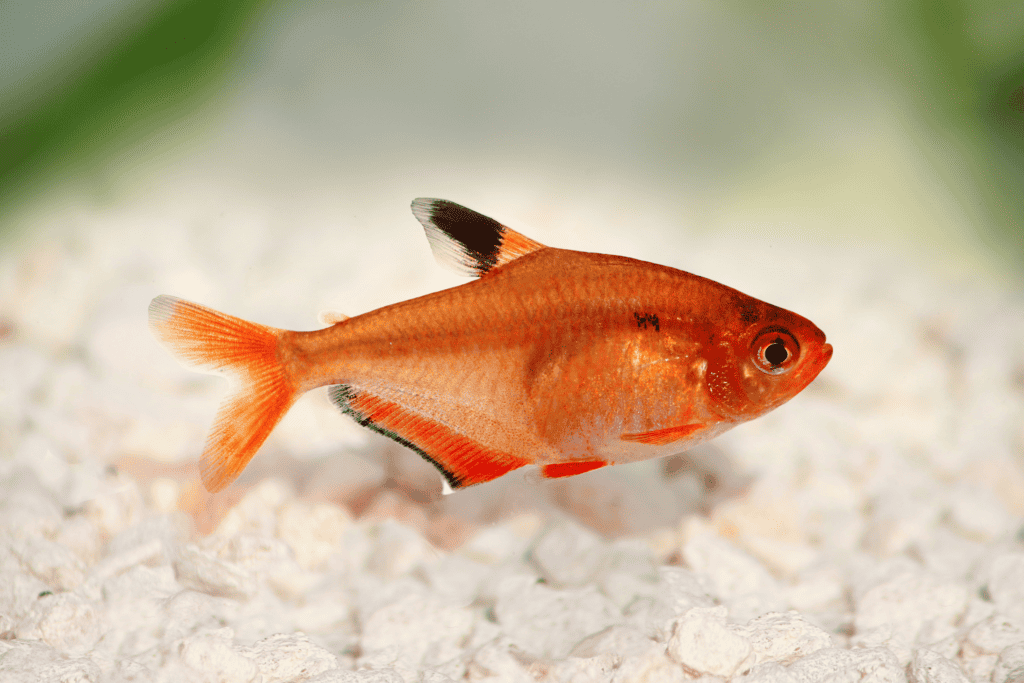
Congo Tetra: The African Star
The Congo Tetra is a spectacular species native to Africa, known for its shimmering scales and flowing, feathery fins.
| Size | Lifespan | Temperature |
|---|---|---|
| 3.2 inches | Up to 5 years | 75-81°F |
Congo Tetras exhibit a beautiful mix of colors, with a metallic blue body that transitions into a gold or pink hue, and large, trailing dorsal and anal fins. Their fins also exhibit an intriguing mix of white, yellow, and blue. Males are generally larger and more brightly colored than females. They prefer a densely planted aquarium with plenty of swimming space and are best kept in groups due to their schooling nature. Although they are generally peaceful, smaller fish may be intimidated by their size and active behavior. Hence, Congo Tetras should be housed with similarly sized or larger community fish.
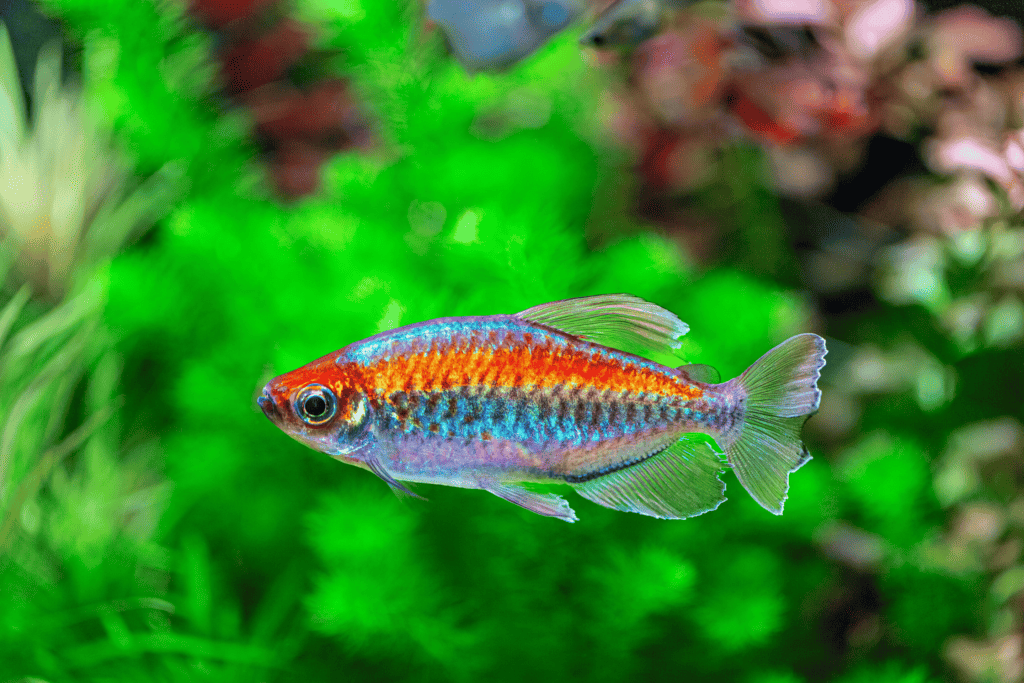
Glowlight Tetra: The Glowing Star
The Glowlight Tetra, with its delicate, luminescent orange stripe running along its body, brings a soft, ethereal glow to the aquarium.
| Size | Lifespan | Temperature |
|---|---|---|
| 1.6 inches | Up to 5 years | 74-82°F |
Glowlight Tetras are peaceful and easy to care for, making them ideal for beginner aquarists. They prefer a well-planted tank and enjoy being part of a large school.
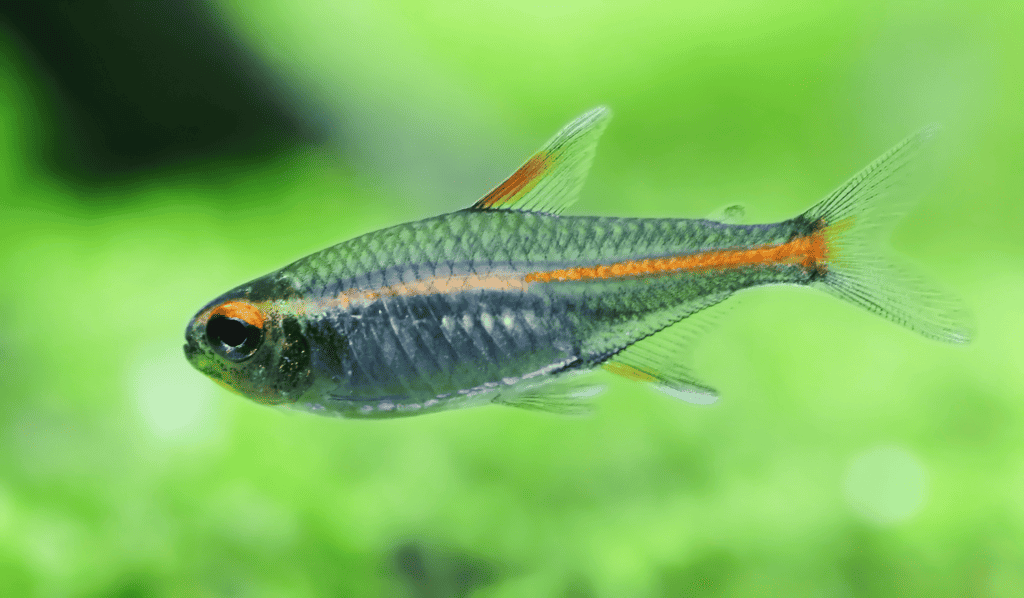
Conclusion
The world of tetras offers a spectacular array of choices for the aquarist, each species bringing its unique color and character. Whether you’re drawn to the striking Cardinal Tetra, the classic Neon, the dramatic Black Skirt, the fiery Ember, or the synchronized Rummy-nose, there’s a tetra type for every enthusiast. By understanding the unique requirements and behaviors of each species, you can create a vibrant, healthy, and harmonious community tank that showcases the fascinating diversity these fish have to offer. Truly, the exploration of tetra types is an exciting and rewarding journey in the realm of aquarium keeping.
Frequently Asked Questions
Q1: What are the most popular types of Tetras?
A1: The most popular types of tetras include the Cardinal Tetra, Neon Tetra, Black Skirt Tetra, Ember Tetra, and Rummy-nose Tetra. However, popularity can vary based on factors such as local availability and personal preferences.
Q2: How many Tetras should I keep together?
A2: Tetras are schooling fish, which means they prefer to be in groups. It’s generally recommended to keep them in schools of at least six, but they’ll often be happier in larger groups.
Q3: Are all Tetras compatible with each other?
A3: While many tetras are peaceful and can coexist with each other, not all types are compatible. Some, like the Serpae Tetra, can exhibit fin-nipping behavior. It’s always crucial to research the behavior and needs of each species before introducing them into a shared tank.
Q4: What kind of water conditions do Tetras prefer?
A4: While there are some variations among species, tetras generally thrive in slightly acidic water with temperatures ranging between 70-85°F. Always check the specific requirements for the species you’re interested in.
Q5: Are Tetras suitable for beginners?
A5: Yes, many tetras are suitable for beginners due to their hardiness and easy care requirements. Some popular beginner-friendly tetras include the Neon Tetra, Glowlight Tetra, and Lemon Tetra.
Q6: What should I feed my Tetras?
A6: Tetras are omnivorous and typically do well with a diet of high-quality flake food, supplemented with occasional treats of brine shrimp or daphnia. Some species may have specific dietary preferences, so it’s important to research your tetra’s needs.
Q7: What is the average lifespan of a Tetra?
A7: The lifespan of a tetra can vary by species but generally ranges from 2 to 10 years under optimal conditions.
Q8: What size tank do Tetras need?
A8: The size of the tank required will depend on the number of fish and the specific species of tetra. However, as a starting point, a 20-gallon tank is often suitable for a small school of tetras.
